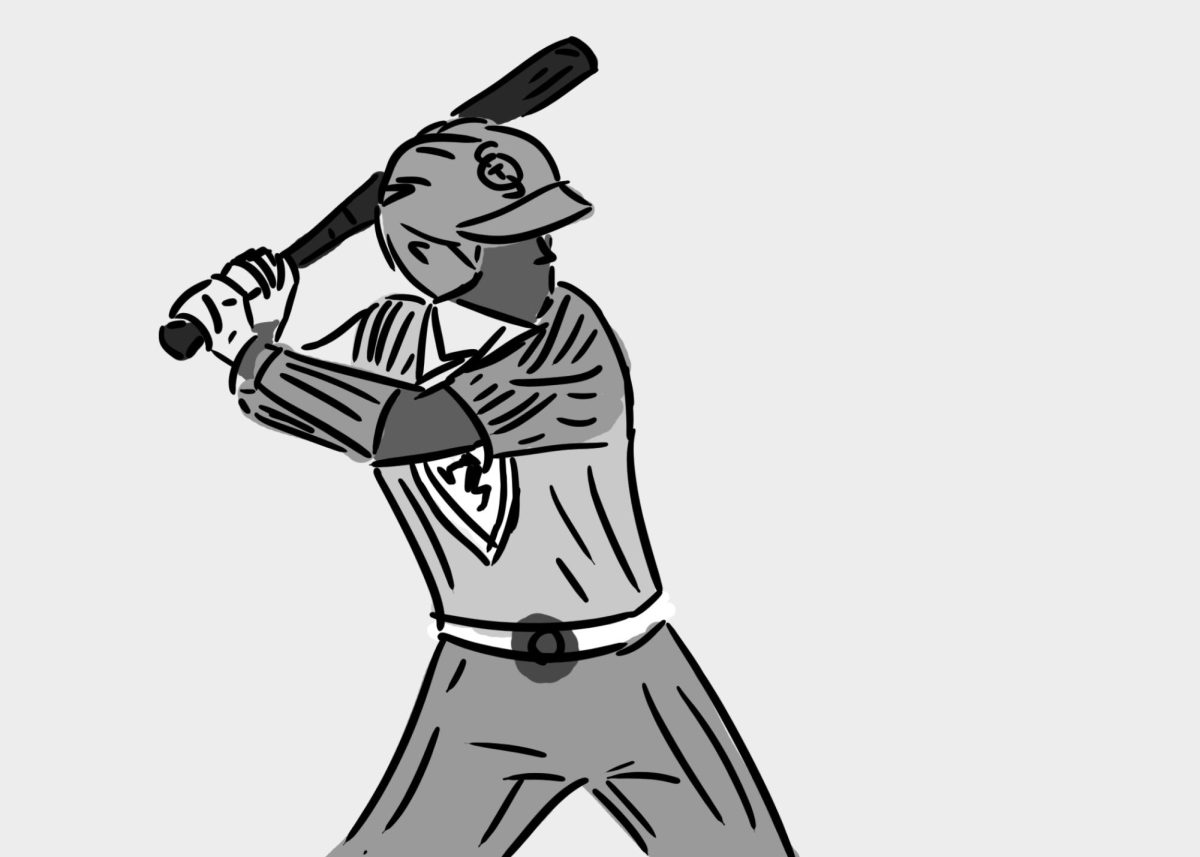Many things have happened in the world of sports during the past 190 weeks. Countless legends have retired, including Kobe Bryant, Derek Jeter and Peyton Manning. Safety regulations have transformed how fans per- ceive head trauma in football and perfor- mance enhancing drug use in baseball. New contenders long abused by rotten luck like the Cleveland Cavaliers, Chicago Cubs and Minnesota Vikings have emerged as honest championship contenders.
You get the point – there has been a plethora of change in the last three and a half years. However, since Feb. 18, 2013 one thing had remained consistent: Serena Williams has been the best women’s tennis player in the world. Nobody could beat her. Nobody could hope to come close.
The past year has told a drastically dif- ferent story. Since her surprising loss at the 2015 US Open, Williams hasn’t looked like her usual dominant or confident self. After an extended hiatus she returned in 2016, only to fall in the Australian Open finals to rising German star Angelique Kerber and later in the French Open to Spaniard Garbine Muguruza. For the first time in a seeming eternity, Serena Williams looked vulnerable.
That vulnerability was only amplified after losing a second consecutive US Open, again at Kerber’s hands. More importantly, however, this occasion has marked a chang- ing of the guard – for the first time since February 2013, Williams is no longer ranked number one in the world. Instead, it’s Kerber who finds herself atop women’s tennis.
Many have been saddened by the fact that Williams’ dominance seems to be slipping and that new blood is taking up the mantle. Furthermore, as she always draws an audi- ence with her explosive play many are claim- ing that this could spell a new dark age for women’s tennis. Alternatively, I’d argue that Williams losing her place atop the rankings is the best thing to happen to the sport since she became the undisputed queen of tennis – not out of malice, but out of excitement for what this story’s next act could possibly be.
Growing up, I witnessed Roger Federer put together the most dominating stretch of tennis in history, reigning at number one for an unprecedented 302 consecutive weeks, winning tournament after tournament with- out fail. Arguably the greatest men’s tennis player of all time was making history right before my eyes for the entirety of my child- hood. I couldn’t have been more bored.
Federer was great, but men’s tennis became so predictable that I didn’t care to watch anymore. There was no competitive spirit, no reason to even play the tournament – that is, until Rafael Nadal came along and offered Federer a true rival. Suddenly, men’s tennis became exciting again and I grew to respect the champion more for beating opponents that actually made him sweat. I never hated Federer – I merely despised his dominance.
Now Williams is forced to face legitimate adversity in Kerber after an era of domi- nance in which she was virtually untouch- able. Losing championships may seem heartbreaking now, but when she returns to the Grand Slam circuit the emotional invest- ment will be greater than it typically has been in nearly four years. Williams isn’t a sure bet anymore, but that makes the women’s draw all the more intense and compelling. And if she does manage to topple Kerber in a come- back effort, the feeling of triumph for both her and her devoted fans will be heightened more than it ever could have been while she was sweeping tournaments without drop- ping a single set.
Finally we have a true rivalry in women’s tennis again. Williams’ fall from grace may be disappointing for the moment, but it was the best thing that could have happened to the narrative of the sport.
EMILIE SMOLDERS/ MANITOU MESSENGER



